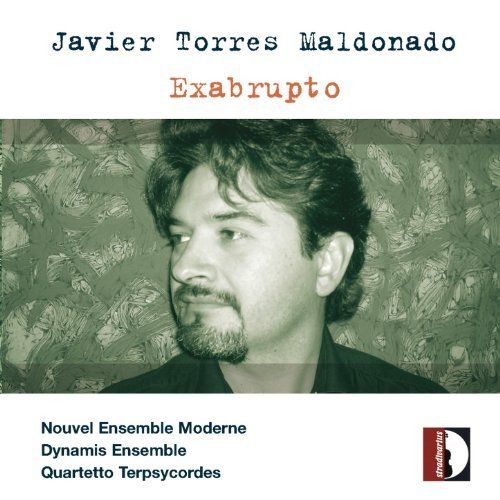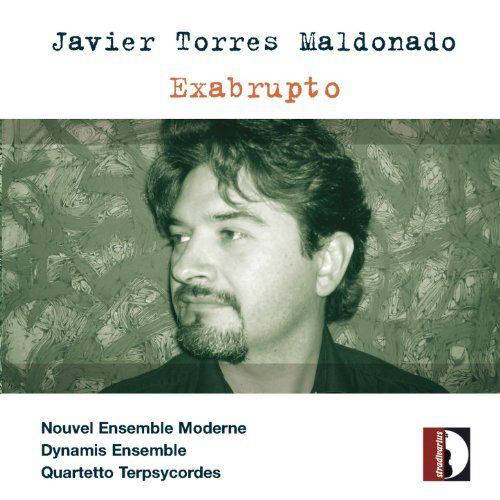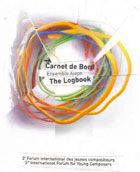In this work for bass clarinet, trumpet in C, percussion, violin, cello and electronic sounds, the composer focuses on the generation of inharmonic spectra through the superposing of different harmonic spectra. De Ignoto Cantu presents a number of melodic lines that despite their complexity actually stem from a single matrix consisting of a few simple elements. In fact the degree of consonance of each melodic line is considerable, but the superposing of all these lines creates complex relationships as far as dissonance is concerned. Since the fundamental pitch of the harmonic fields gradually slides upwards or downwards within the narrow limit of a major second, there are also, although rarely, moments of absolute coincidence between these fundamentals, and therefore situations of perfect harmonic consonance. As to directionality, the movement of each line, generally speaking, tends to accelerate, leading to a formal bloc at the centre of the piece, where the melodic lines are modified by wide leaps and the rhythm is individual way, with constant changes of metre and rhythmic modulations. All this is brought to an end by a powerful chord on the vibraphone, its natural resonance giving rise to a new formal bloc marked by a general descending movement down to the deepest register of each instrument and by the successive disintegration of the elements constituting the melodic lines except for one, that which concludes the work. The function of the electronic part (which is not indispensable for a performance of the piece) consists on the one hand of the creation of an artificial resonance that surrounds the instruments, and on the other, the development of the basic elements in the melodic lines, exposed in harmonic fields which are totally different from the ones occupied by the instruments.


